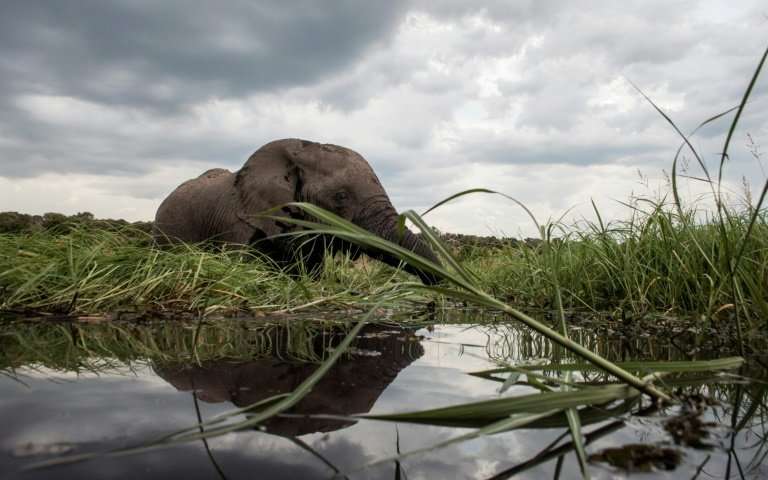Elephants are majestic creatures that are an important part of Asia’s biodiversity. However, human activities such as deforestation, agriculture, and urbanization have led to a significant reduction in their habitat. According to a recent report, elephant habitat in Asia has been reduced by nearly two-thirds since 1700, dividing what remains into ever smaller patches.
Human activities and elephant habitat loss in Asia
Human activities such as deforestation, agriculture, and urbanization have led to a significant reduction in elephant habitat in Asia. The report highlights that since 1700, the human population in Asia has increased tenfold, resulting in an expansion of agriculture and urbanization.
This has led to the clearing of forests and other natural habitats, which has resulted in the fragmentation of elephant habitats. As a result, elephants are now confined to smaller and isolated patches of land, which has made it difficult for them to move around and mate with other elephants.
Consequences of elephant habitat loss
The consequences of elephant habitat loss are far-reaching. Elephants are known as ecosystem engineers, and their presence in the ecosystem is essential for the survival of other species. When elephants move through the forest, they create paths and clearings, which allow other species to move around.
Read More: Noor Jehan— The Reality and Cruelty of Animal Captivity
Elephants are also known to disperse seeds and play a vital role in maintaining the forest’s health. The fragmentation of elephant habitats has also led to an increase in human-elephant conflicts. Elephants that are confined to smaller areas are more likely to come into contact with humans, resulting in damage to crops and loss of human life.
Conservation efforts
Several organizations and governments are working to address the issue of elephant habitat loss in Asia. One of the most significant efforts is the creation of protected areas, such as national parks and wildlife reserves. These protected areas provide a safe haven for elephants and other species, and they help to prevent further habitat loss.
Another important conservation effort is the creation of corridors that connect fragmented habitats. These corridors allow elephants to move around and mate with other elephants, which is essential for the long-term survival of the species. Additionally, community-based conservation programs are being implemented to involve local communities in conservation efforts.














